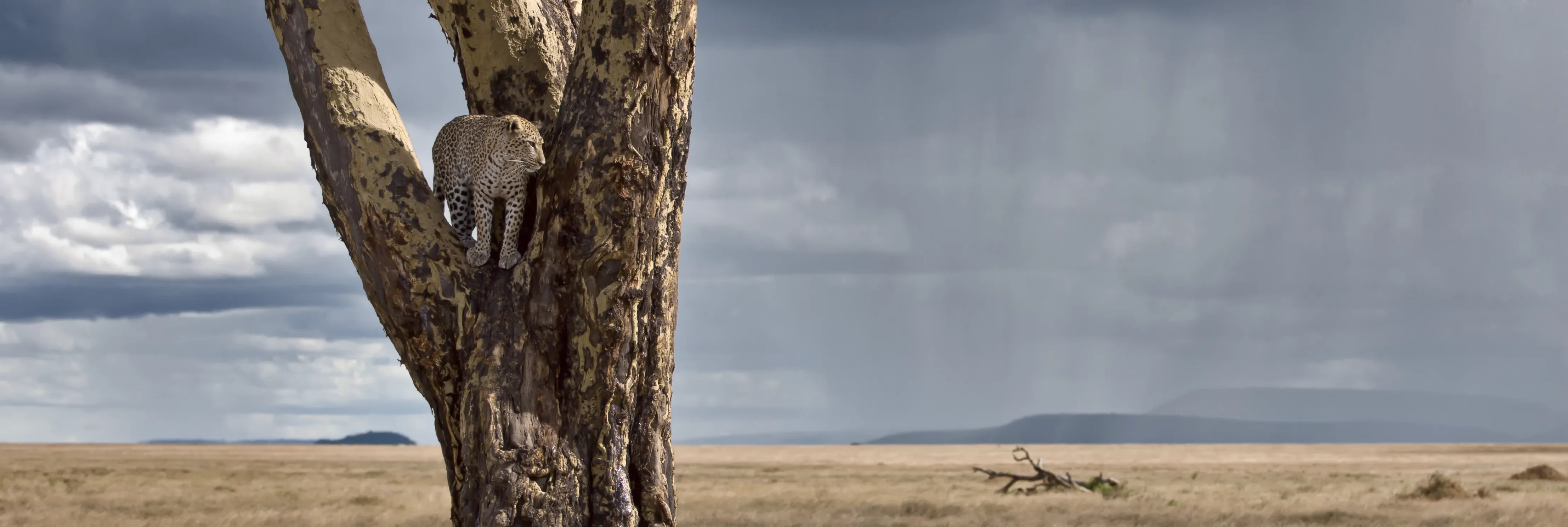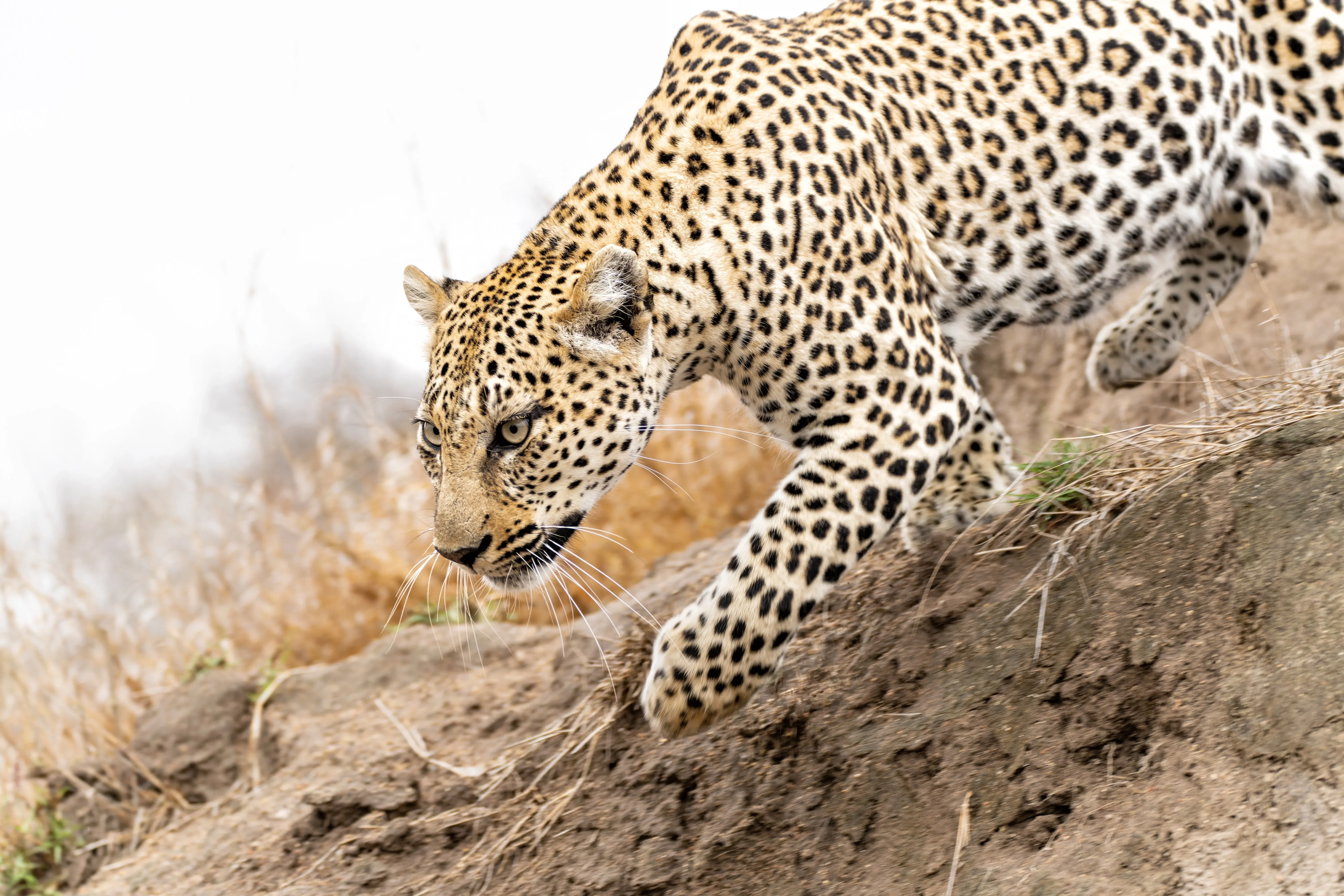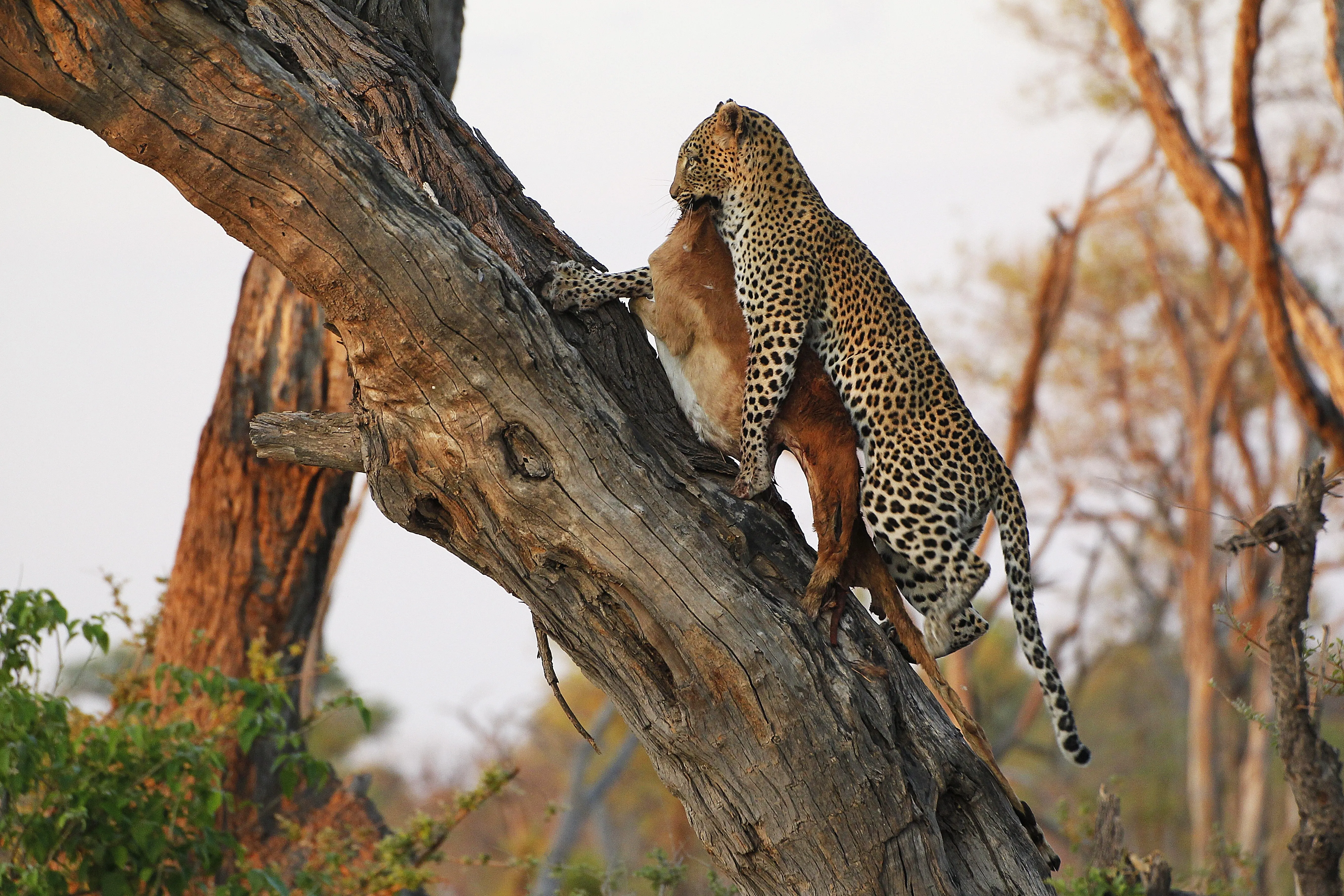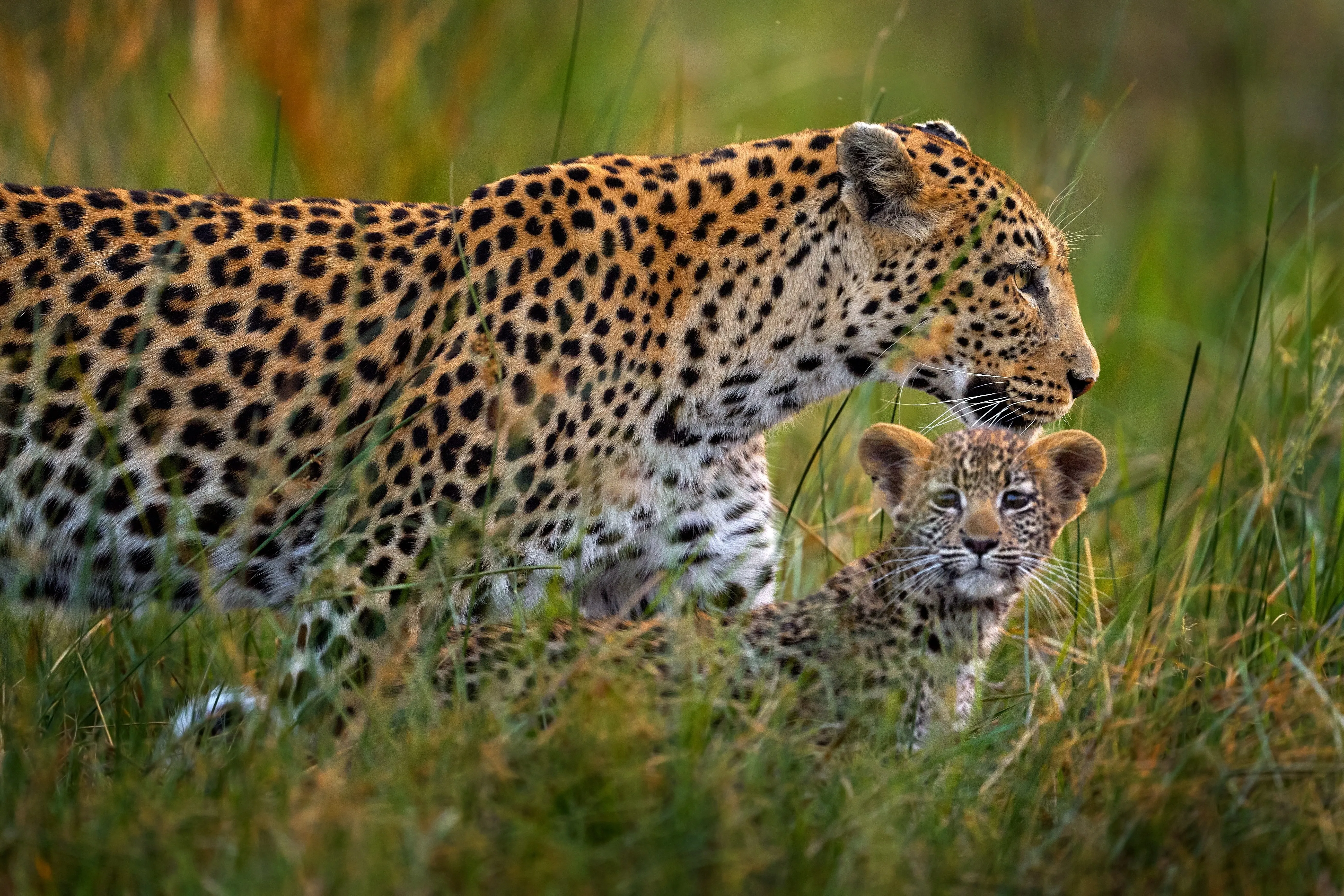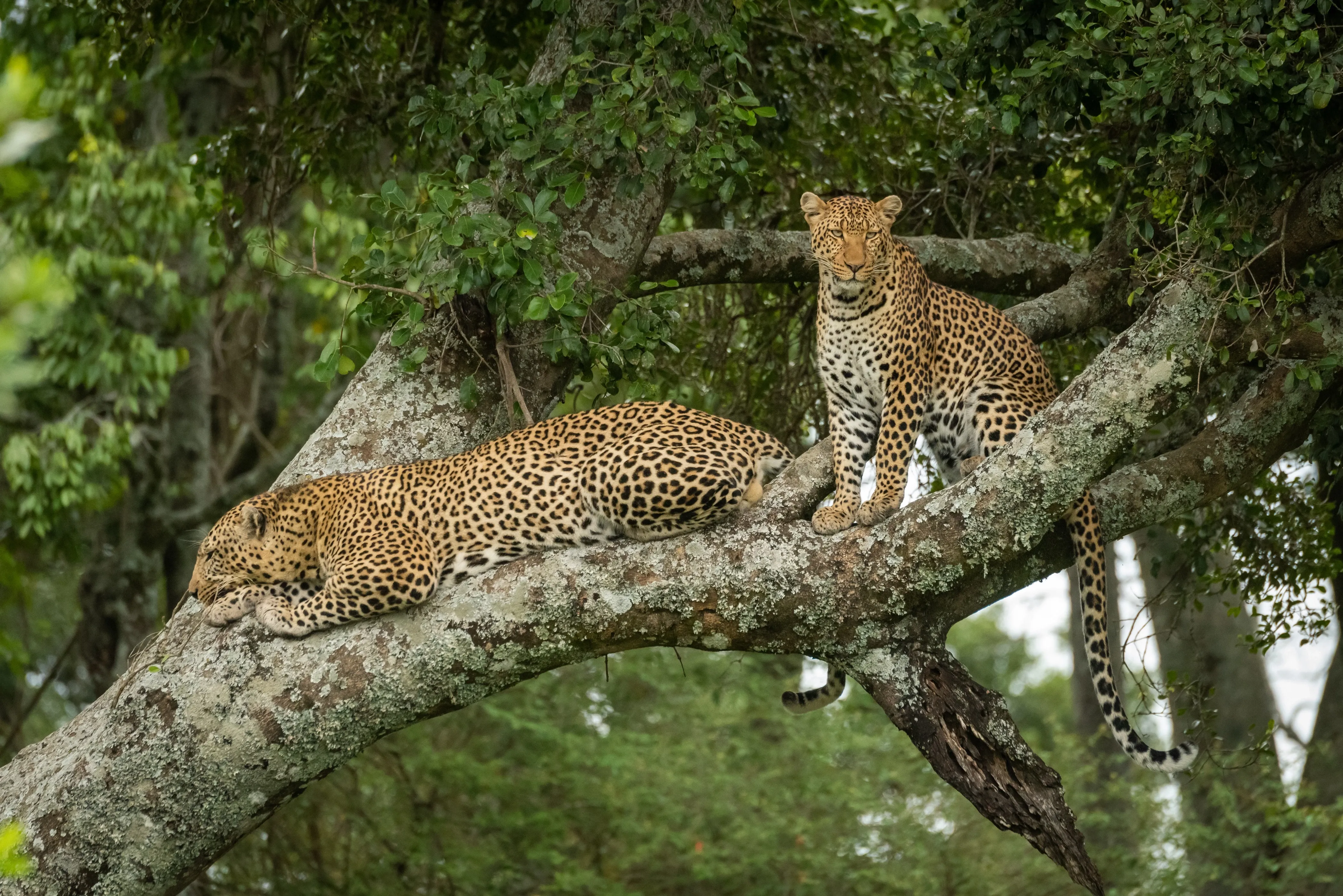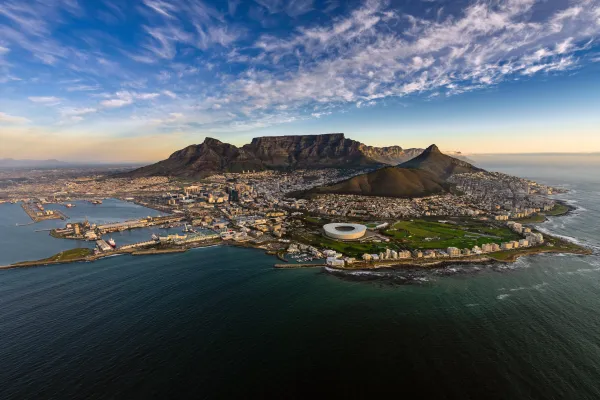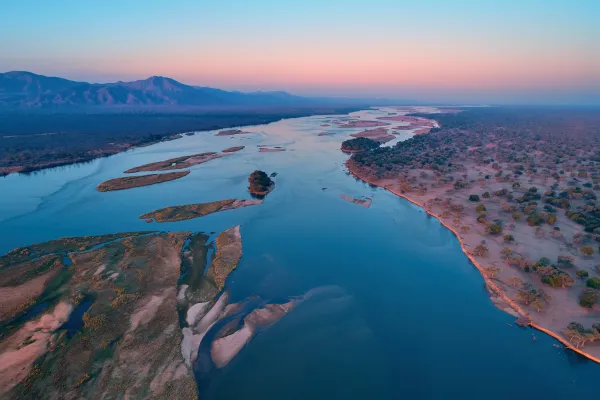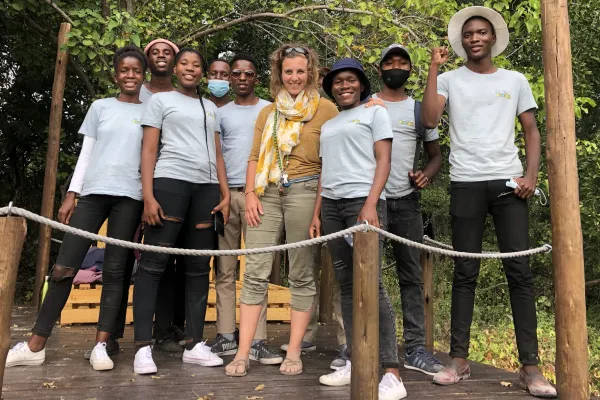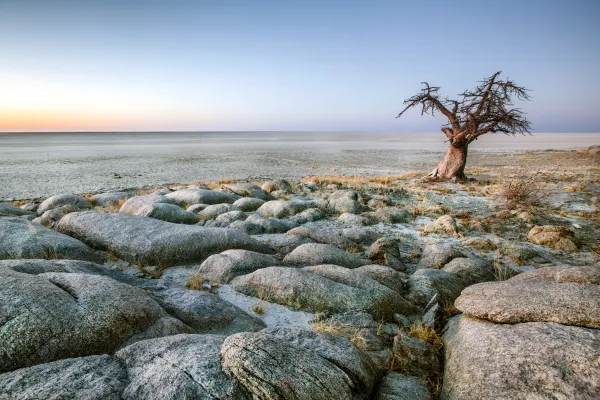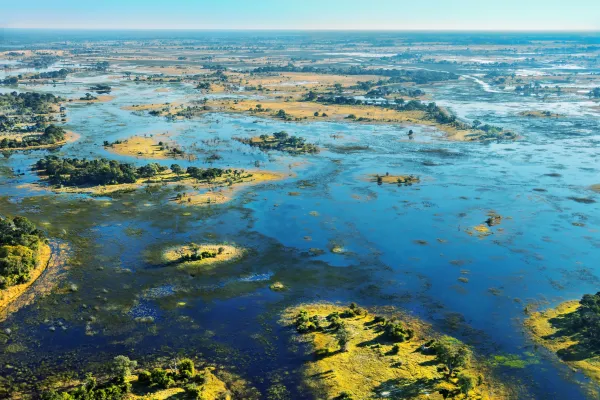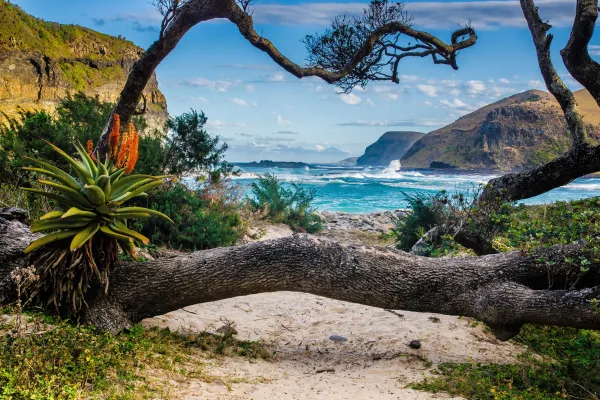Top safari spots to see leopards in Africa
Of all the revered animals roaming the dark continent, the one on top of most safari-goers’ wish-list is the illusive leopard. Its sheer beauty is matched only by its propensity to remain unseen.
Thanks to its remarkable ability to adapt to its surroundings, the leopard can be found across most reserves in Africa, but this does not mean they are seen regularly. In fact, there are many safari veterans who have never laid eyes upon this magnificent nocturnal enigma. Its secretive and solitary nature, coupled with remarkable camouflage and stealth-engineered physique make it the ultimate safari challenge.
Whilst there is an element of good fortune in finding any animal on a safari experience, there are places that can be visited where leopard sightings are more prevalent. Thanks to a combination of abundant resource availability, sound conservation practices and highly trained guides and trackers, leopards can be found with reasonable regularity. From identifying and interpreting spoor and territorial markings, to listening for the alarm calls of the bushveld, the evidence is there to be seen; if it can be found…
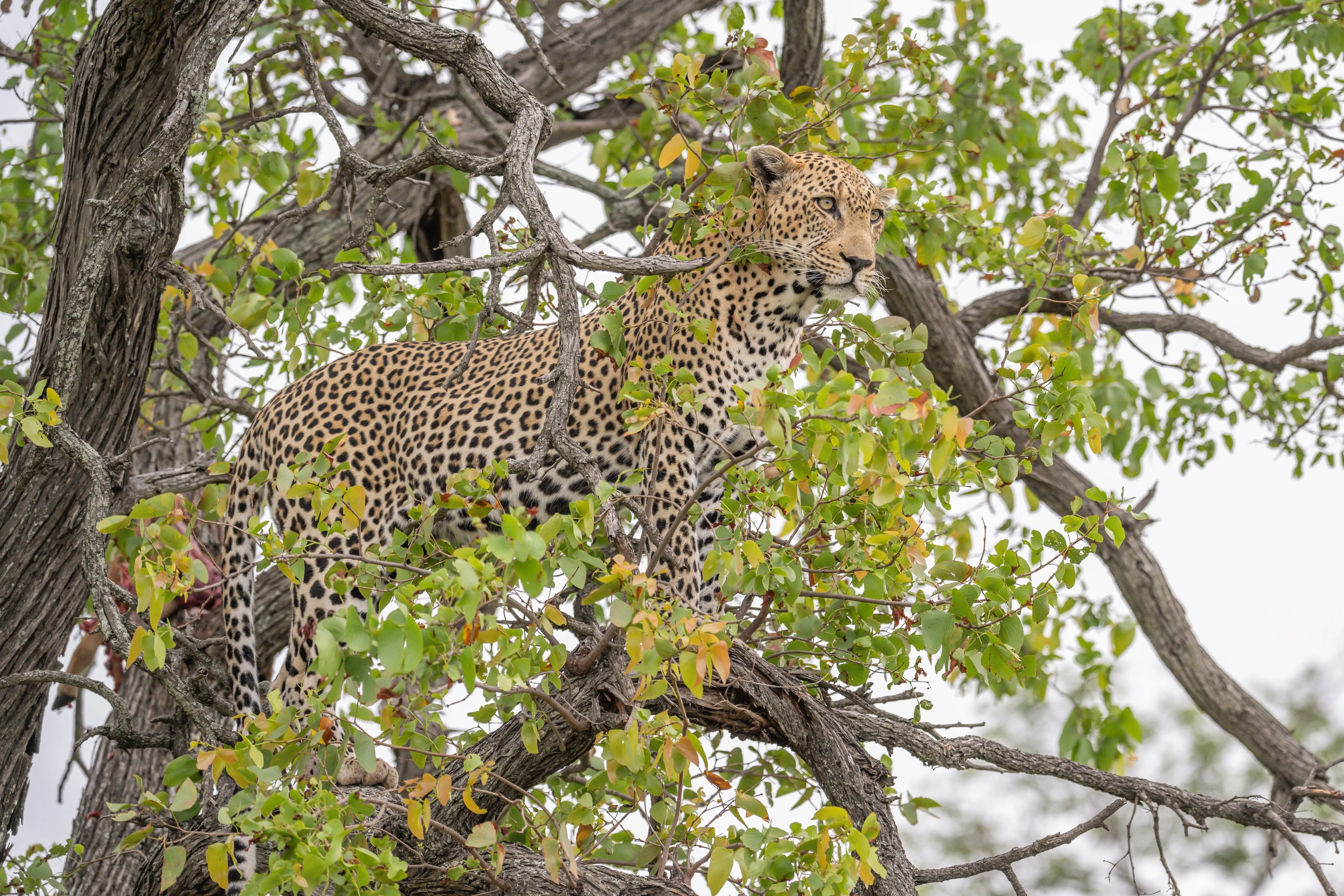
Here is a list of some of the top safari destinations in Africa offering the best chance of seeing, spending time with, and photographing one of the planet’s most beautiful predators.
1. Kruger National Park, South Africa
For those on a budget, or wanting to avoid the commercial lodge market, Kruger National Park offers guests one of the best opportunities on the continent to search for the illusive leopard. The southern part of the park boasts an expansive and well-maintained road network as well as a high density of leopards. Whilst luck is always a factor, the chances of bumping into this revered feline on one of its territorial patrols is reasonably high. Thanks to nearly a century of vehicle-based tourism, these animals are often relaxed around cars and, if treated with respect, can provide some magnificent sightings.
It may sound a little like a needle in a haystack, but the thrill has always been in the chase and one of Kruger’s biggest drawcards has always been the unknown: the chance that at any moment, a leopard might emerge from the undergrowth, imperiously stroll in front of the car, and vanish into the bushveld moments later like a spectre on the misty night.
Kruger travellers are like a community and many people are happy to stop on the road and discuss sightings and recommend routes to drive. For those that cannot afford the luxury lodge experience, spending a few nights in Kruger in search of big cats is the perfect alternative.
2. Greater Kruger, South Africa
The Greater Kruger is a large expanse of private land that borders the government-owned Kruger National Park. These areas are populated by many stunning 5-star lodges that offer daily game drives in open vehicles into the wilderness in search of Africa’s iconic wildlife. These reserves have been established for many years and thanks to their qualified guides and strict ethical adherence towards the environment, the animals have grown very accustomed to the vehicles, allowing for some of the best photographic opportunities on the continent.
The Manyeleti, Timbavati, Klaserie and Balule nature reserves all boast a great hit rate for leopard sightings and the chances of spending time with this beautiful animal in a 2- or 3-night stay is very high.
If seeing and photographing leopards is top of your bucket list, then visiting the Sabi Sands is a must. This reserve is world famous for its leopard density and offers the best chance of seeing the clandestine hunter in its natural habitat. The lodges are pricey, but a visit to the Sabi Sands is the closest you will get to a guaranteed leopard sighting anywhere on the continent.
»Leopards are icons of African wildlife, embodying both beauty and ferocity.«
3. Okavango Delta, Botswana
Botswana is leopard country and the dense vegetation of the Okavango Delta (and surrounding reserves) is the ideal habitat to search for these illusive predators, particularly during the dry season. The combination of large trees for shelter, tall grass for hunting cover and a healthy population of prey animals offers leopards the perfect conditions to exist and thrive.
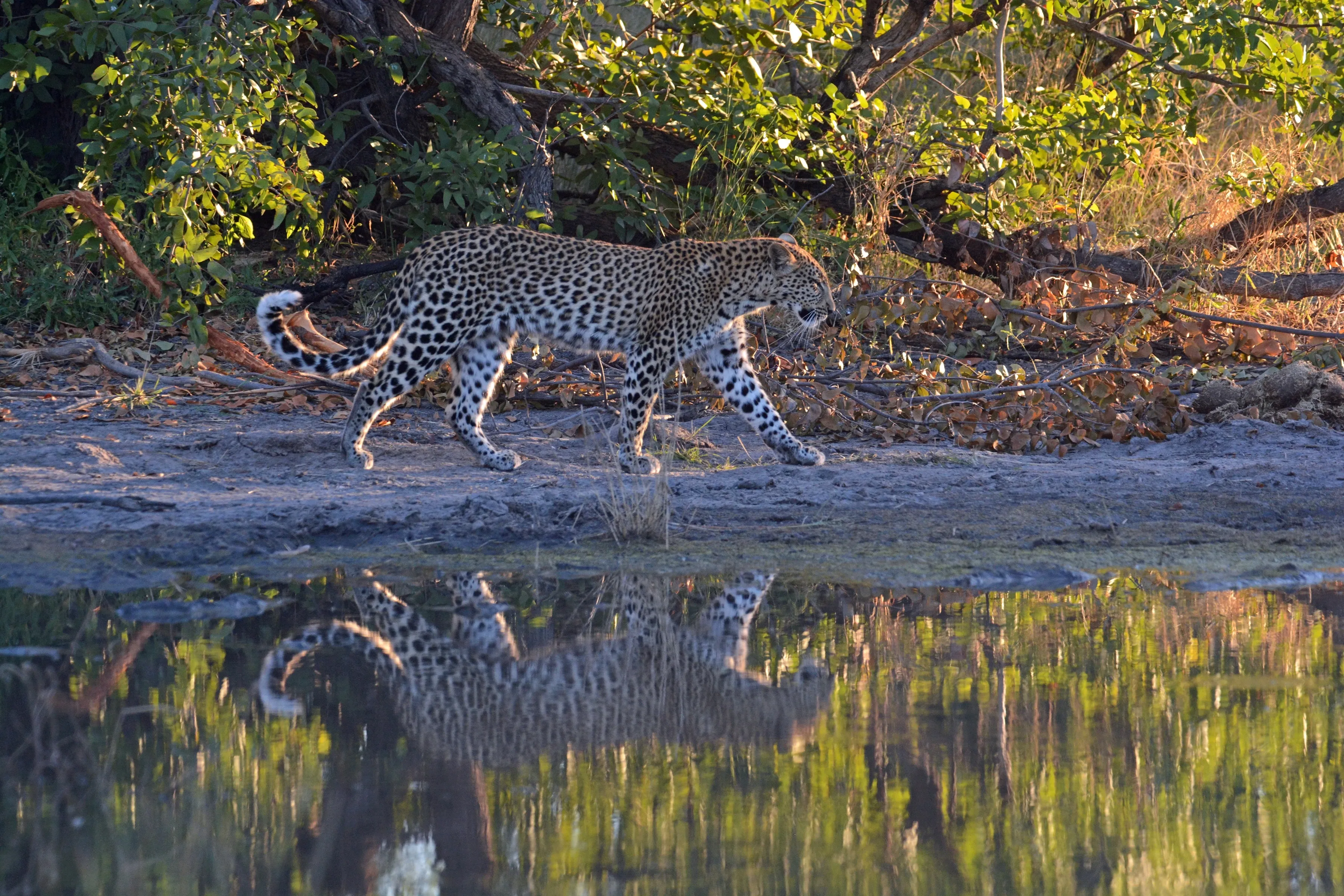
The guides in the lodges usually work in tandem with a tracker and their keen eyes, understanding of leopard behaviour and priceless local knowledge combine to give you a great chance of catching a glimpse of the most secretive member of the big 5.
Whilst the Delta is famous for its luxury, all-inclusive style lodges, there are areas in the periphery that offer self-drive and camping options. Whether you are specifically searching for leopards or just wanting to tick off as many iconic animals as possible, a visit to the Okavango Delta is a must.
4. Mashatu Game Reserve, Botswana
In terms of safari destinations, the Okavango Delta holds the monopoly in the north, but the south of Botswana also contains ample opportunity to track down spotted cats. Situated in the Tuli Block, Mashatu is known as the Land of Giants on accounts of both its elephant population and abundance of enormous trees that dominate the landscape, but predators, especially lion and leopard abound.
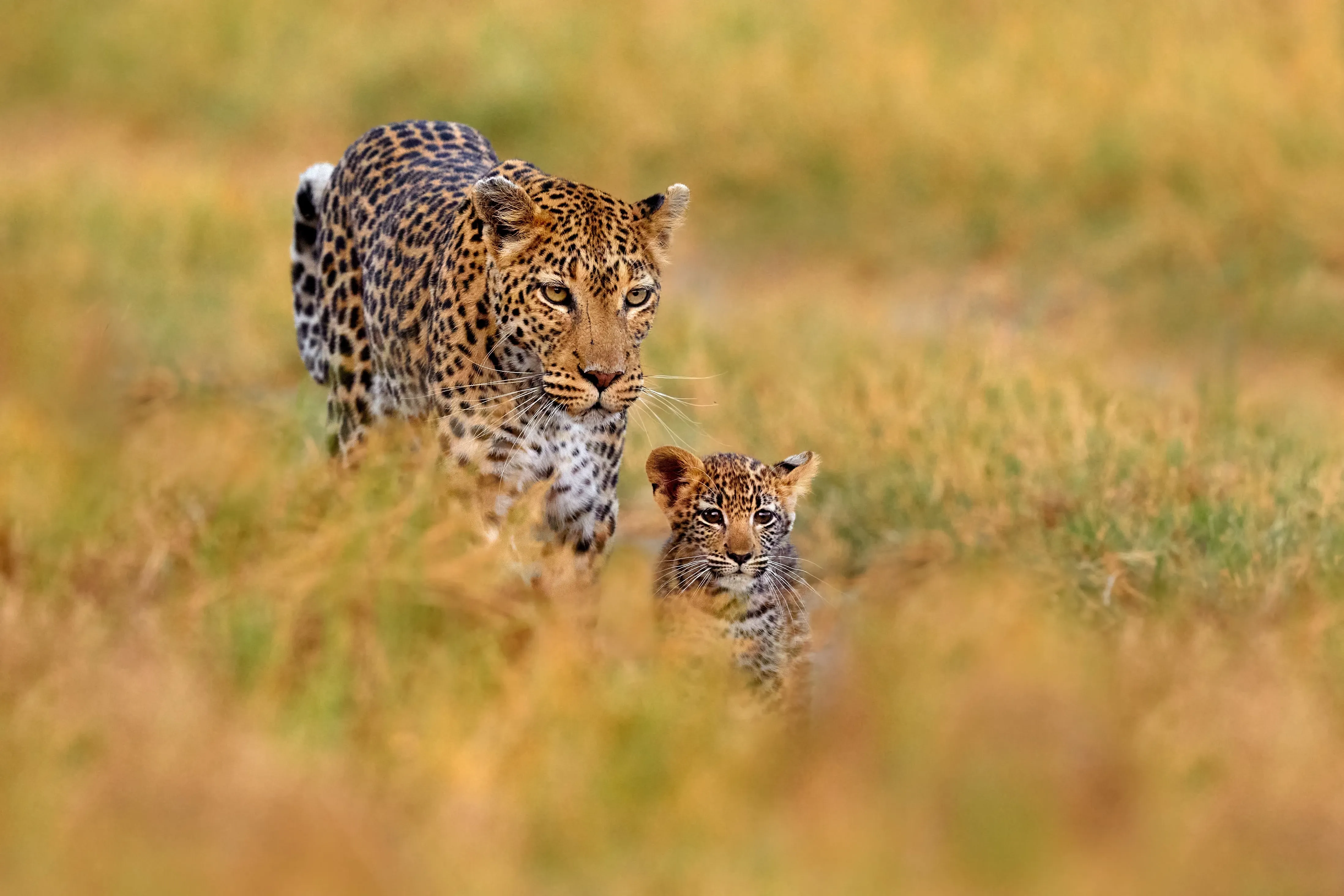
It is one of the largest private reserves in southern Africa and is well-renowned for its leopard sightings thanks to the varied, and often rocky habitat. These towering rock formations offer leopards the perfect view from which to monitor their domain and finding one surveying its surroundings in the early morning light from a rocky outcrop is not an uncommon sight.
There are various ways to enjoy the delights of Mashatu from tented accommodation to rustic and luxury lodges, but to maximise the chances of glimpsing a leopard, it is always advisable to go with a qualified and locally-based guide. Leopards are territorial animals and their behaviours can be predicted to some extent, especially by those who spend their lives among these clandestine cats.
5. Serengeti National Park, Tanzania
Tanzania’s Serengeti is one of the most famous safari destinations in the world thanks to the annual wildebeest and zebra migration that sees more than a million animals cut a swathe over the exposed grasslands. Particularly at this time of year, theinflux of animals brings with it ideal hunting conditions for the opportunistic predators that reside in the Serengeti.
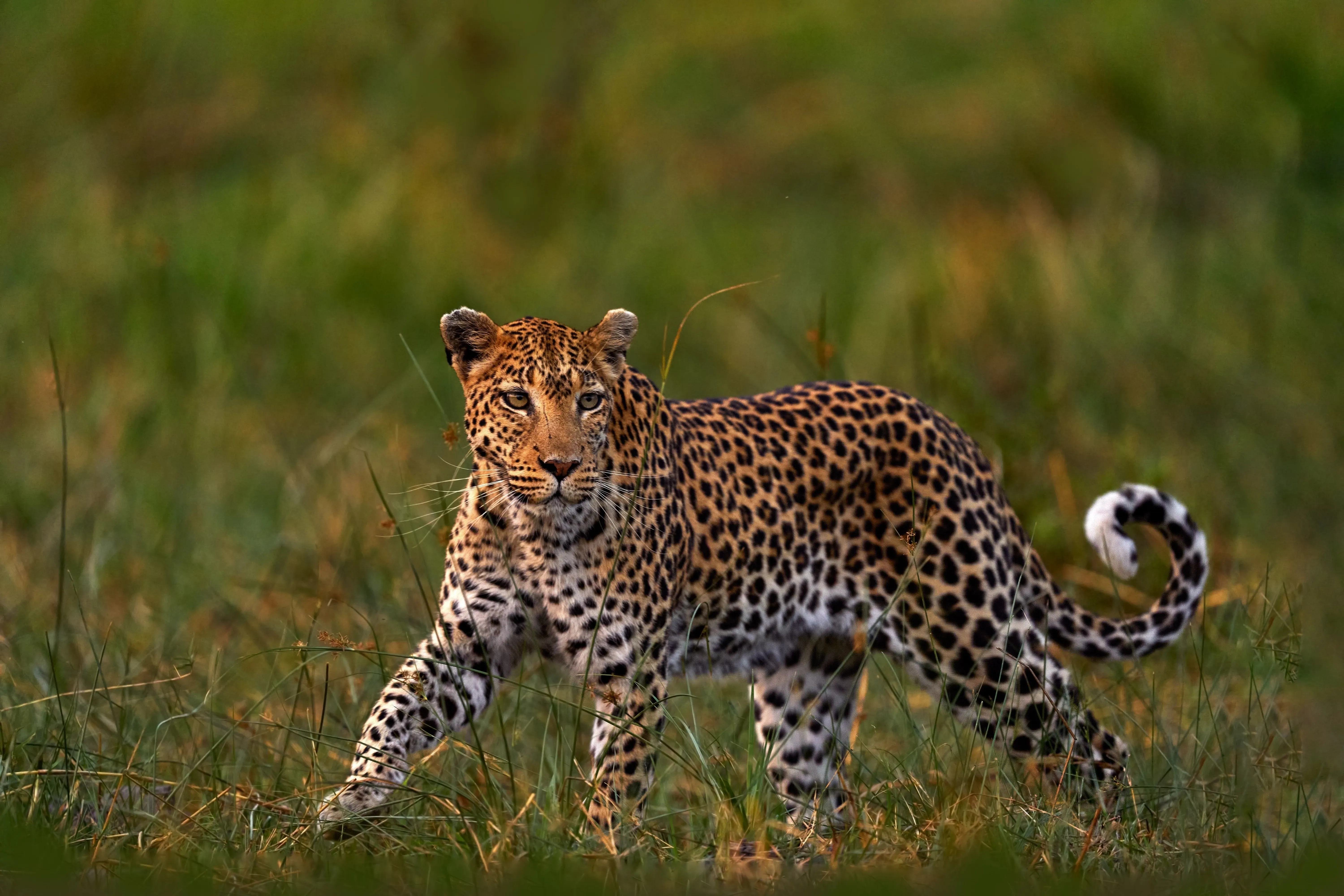
Leopards are most likely to be found in the dense vegetation bordering some of the perennial rivers whose life-blood supports the ecosystem as whole. Thanks to the often-oppressive equatorial climate, these nocturnal hunters spend much of the heat of the day resting up in the shade provided by the riverine vegetation and these routes offer the best chances of success for any avid leopard-hunters.
Check under bushes and in deep shady patches but don’t forget to look up. Leopards often while away the midday hours slung over a branch of a large tree enjoying the cool breeze. Keen eyes are your best weapon, and of course a smattering of good fortune!
»In the stillness of the Okavango Delta, the leopard moves with a grace that belies its strength.«
6. Aberdere National Park, Kenya
Aberdere National Park is situated in the highlands of Kenya and offers a completely different type of safari experience. The Aberdere mountains are dominated by spectacular tropical rainforest vegetation, and whilst the game density is nothing like the other places on this list, its isolated and unique habitat is full of surprises. Forest elephant, hyena, lion and black rhino roam the reserve, as well as Africa’s rarest antelope, the Bongo.
The Aberdere mountains are also home to a small population of the fabled melanistic leopard. Similar to the more commonly known black panthers of South America, melanistic leopards still show signs of their iconic spots, but the entire coat is charcoal-black in colour, perfect camouflage for a forest hunter. Melanistic servals have also been recorded in the park. Although sightings are rare, Aberdere offers intrepid safari-adventurers the chance to see something truly unique and special.
7. Masai Mara, Kenya
The Masai Mara incorporates over 1500 square kilometres of pristine wilderness and borders the northern boundary of the aforementioned Serengeti. It is categorised by open grasslands with occasional acacia trees dotted across the landscape. These trees act as perfect refuges for predators during the heat of the day and their shady limbs offer the ideal resting place for a lounging leopard to sprawl.
Thanks to the Mara’s incredible game density, it is home to a multitude of predators including very healthy populations of lion and spotted hyena, both sworn enemies of the leopard. The open grassland means little places to hide for these smaller predators and therefore leopards love to utilise the sporadic trees to avoid conflict, especially when they have food.
It is always worth training a pair of binoculars towards a lone tree in case a leopard has stashed its food high in the branches to avoid the marauding competition.
8. South Luangwa, Zambia
South Luangwa National Park is the most famous of it type in Zambia. It is named after the Luangwa River, a major tributary of the Zambezi, which meanders its way through the park. Its nutritious waters create lagoons along its path that offer ideal oases for the diverse game that resides there. South Luangwa is considered one of the best places to view leopard in Africa thanks to the myriad of large trees, dense riverine vegetation and abundance of prey species.
Leopard sightings can be a daily occurrence and their excellent habituation levels mean that photographic opportunities are at a premium. In a recent study, it was estimated that there are around 10 leopards per 100sq kms in South Luangwa, roughly double that sound in the Kruger area of South Africa.
Whilst there are never any guarantees on safari, especially when it comes to leopards, Zambia’s South Luangwa remains one of the best places on the planet to catch a glimpse of this iconic, beautiful animal.
Sign up for the newsletter
By clicking on “Subscribe now” I will subscribe to the Conscious Explorer newsletter with all the information about mindful travel. Information on the success measurement included in the consent, the use of the shipping service provider MailChimp, logging of the registration and your rights of revocation can be found in our privacy policy.
